GARAGES IN HISTORY – FEMALE WOMEN HATERS CLUB + GARAGE MGM STUDIO LOT, CULVER CITY, CALIF
Images Courtesy of MGM
Readers of Garage Style Magazine are well aware of the “spectrum” of featured garages. In fact whether a garage has porcelain floor tiles or cracked concrete each one has a “heart.” The walls of the garages of GSM range from old tire company pinup calendars to original museum quality oil paintings from artists in the Automotive Fine Arts Society. They have banged up, decal laden toolboxes from Sears to elite Facom toolboxes from France with painted finishes rivaling the depths of Pebble Beach class winners.
There is one commonality, one universal strand of shared DNA and one emotive derivative….all of our garages were put together with the same spirit that lead to the establishment of the Female Women Haters Club Garage.
The Garage was created by George Robert Phillips “Spanky” McFaland and immediately joined by Carl “Alfala” Switzer and William “Buckwheat” Thomas. And to fans of the “innocent mischief of youth” the names Spanky, Alfala and Buckwheat conjure up the adventures of The Little Rascals and the Our Gang comedy series from 1922 to 1944. These one and two-reelers became part of the American psyche and landscape and still amuse and amaze devotees who follow them on “nostalgia cable” stations.
The He-Man Women-Haters Club and the subsequent garage that grew out of the club had simple origins. In the 1937 episode named “Hearts are Thumps,” Spanky announces to Alfalfa and Buckwheat, “Let’s start a club right now. The He-man Woman-haters. I’ll be president.”
Alfalfa jumps in with, “And I’ll be second president, and Buckwheat you can be third president.”
Spanky lays out the oath: “Alright, get up and do exactly what I do. Put your hand on your heart, and raise your other hand. We, the He-man woman-haters club, promise not to fall for this Valentine’s business because girls are the bunk.”
Alfala and Buckwheat repeat the oath, and the club is formed.
Alfalfa is almost immediately lured away by Darla Hood (the vamp of the neighborhood, and the epicenter for male manipulation) leaving Spanky and Buckwheat as the sole members of the club.
And while the Little Rascals/Our Gang series evolved and changed actors, the essence of the series depicted street kids in natural settings amusing themselves with their environment. The plots were sheer Shakespearean with jealousy, competition, politics and loyalty being tried and perfected.
One theme that continued was the Gang’s fascination with building “cars.” Touring cars, race cars, fire trucks and even ambulances became the focus of many episodes. The “garage” was built (in several episodes) in what passed for nothing more than a “goat alley.” They used discarded parts, planks of wood, carriage wheels, bells, rope, soap boxes, tin cans and junked signs to fabricate their vision, their version of “the real thing.” They often competed in races against the snobbish “rich kid” with the store bought pedal cars. Of course the real motivation was “winning back” the vixen that was swayed by the flash of the “rich kid.” Nothing has changed really; the theme was resurrected by country music.
One of the subtle cultural asides of the series was the early appearance of African-American kids who were treated simply as “one of the Gang.” The series evolved from “silent” shorts to “talkies” and eventually became syndicated for TV in the 1950’s. A total of 220 shorts and one feature film were eventually produced. There were some feeble attempts at “remaking” the series.
Many GSM readers “grew up” with the Little Rascals, and no doubt were influenced by the antics, the ingenuity and innovations that were featured in the construction of the “vehicles” that were fabricated in the He-man Women-haters Club Garage. But, beyond that, the most memorable take home message was that “friends,” and all that they stood for, was the most important thing to have in your garage.
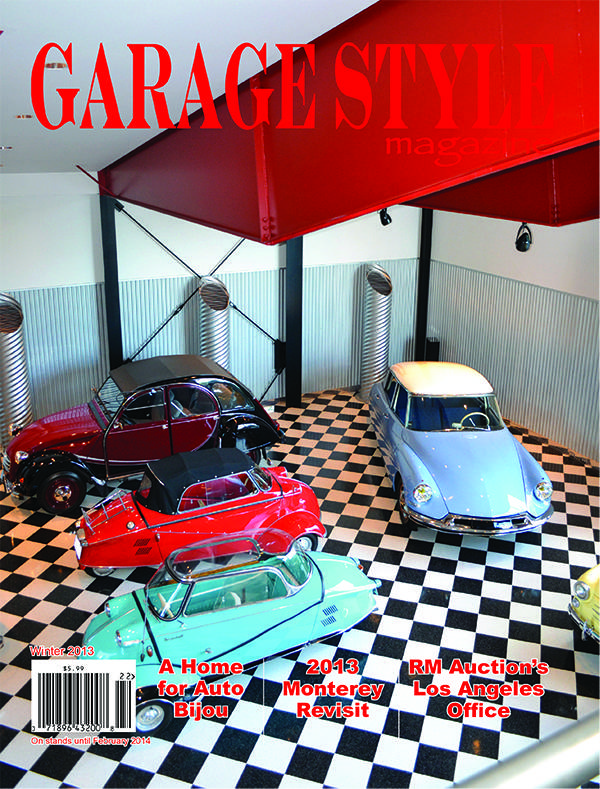

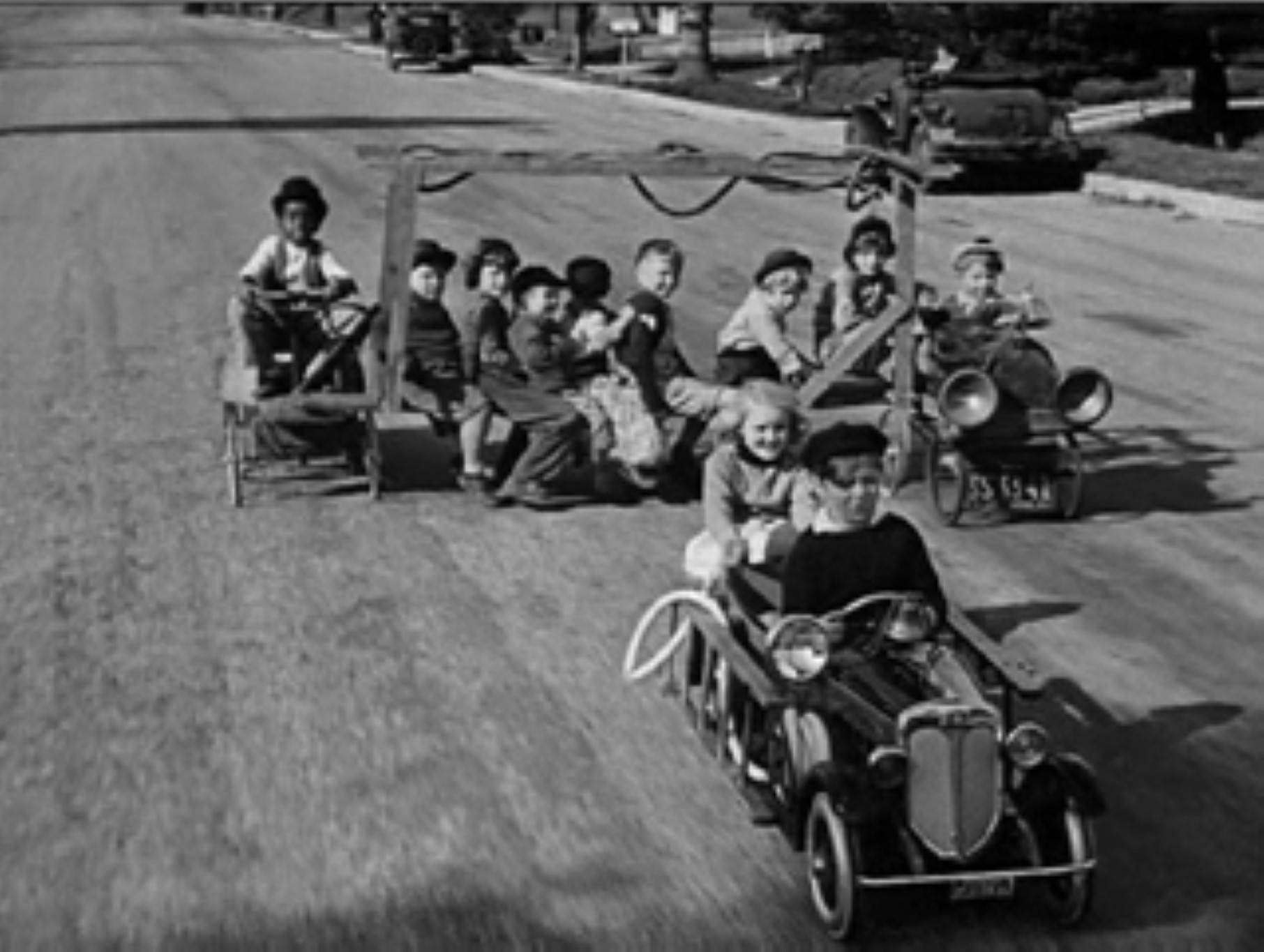
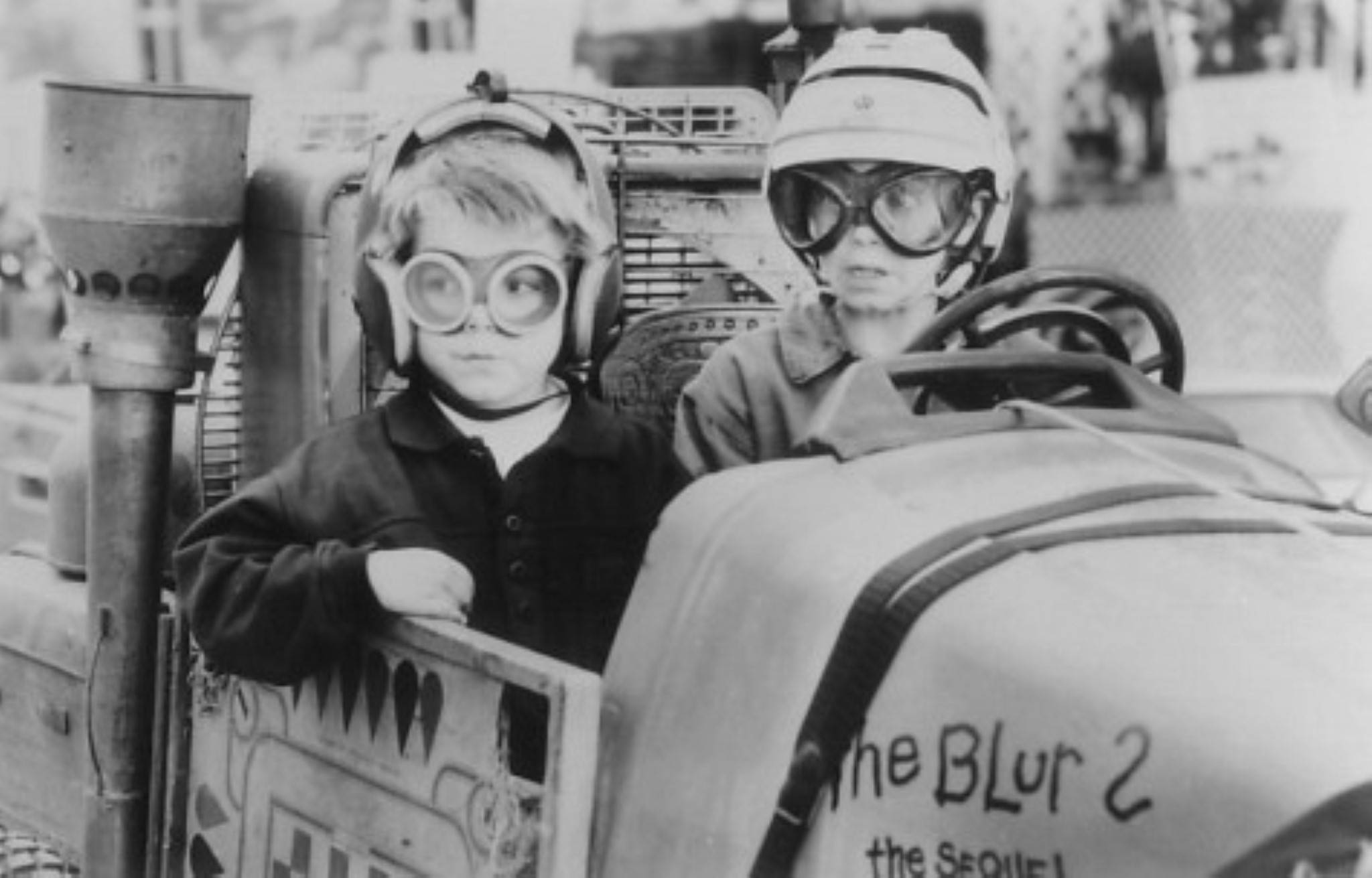


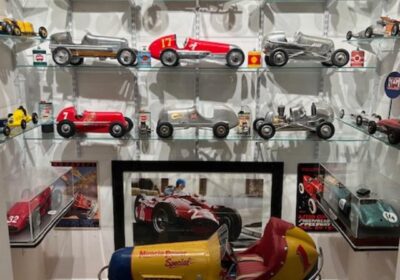
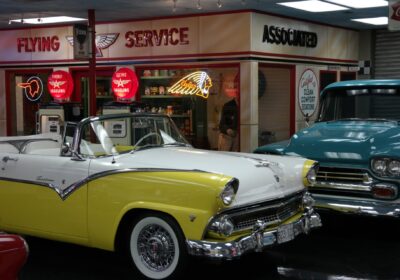
Great article Rick. Wishing the entire GSM team a Happy and HEALTHY New Year!